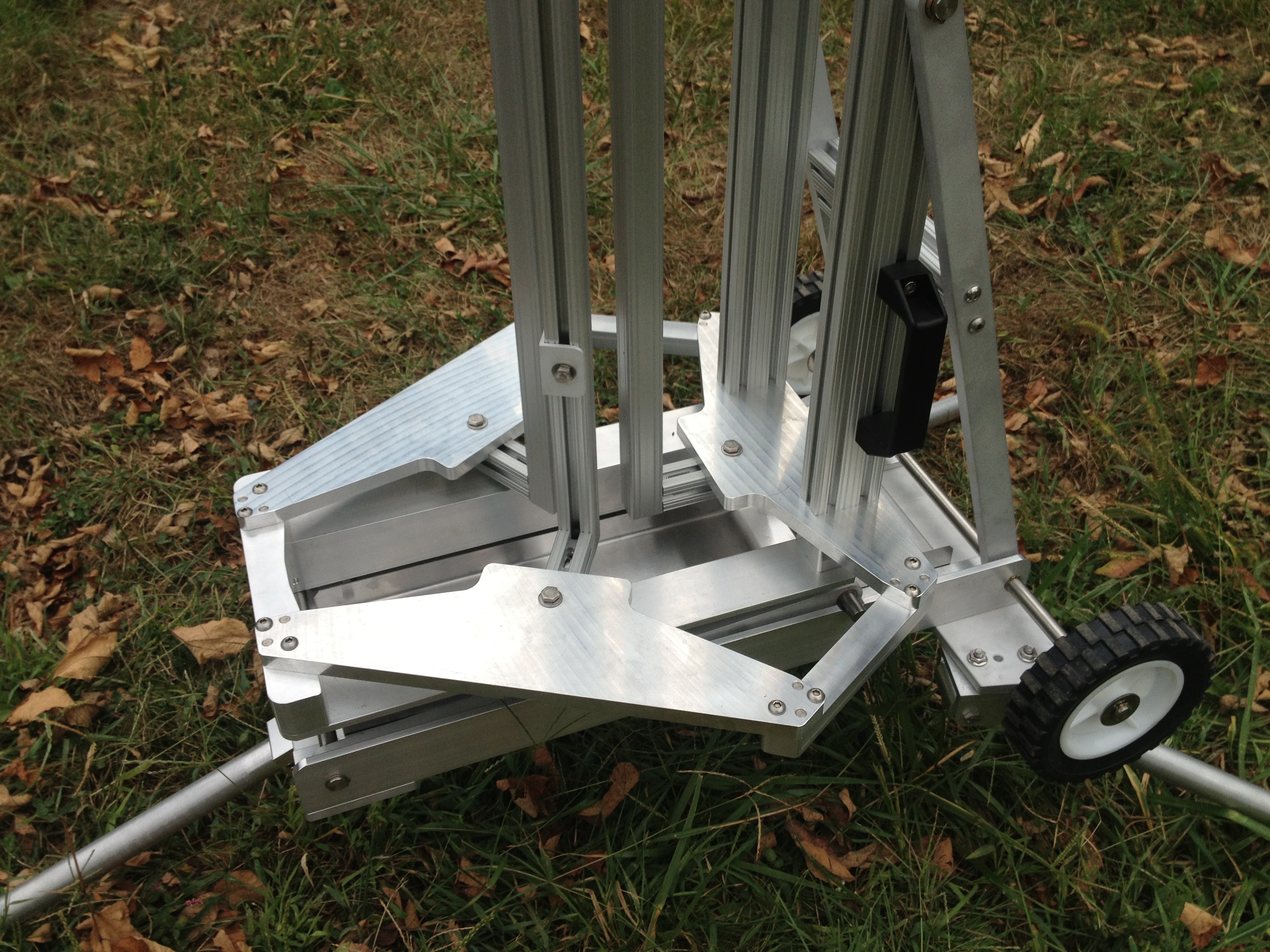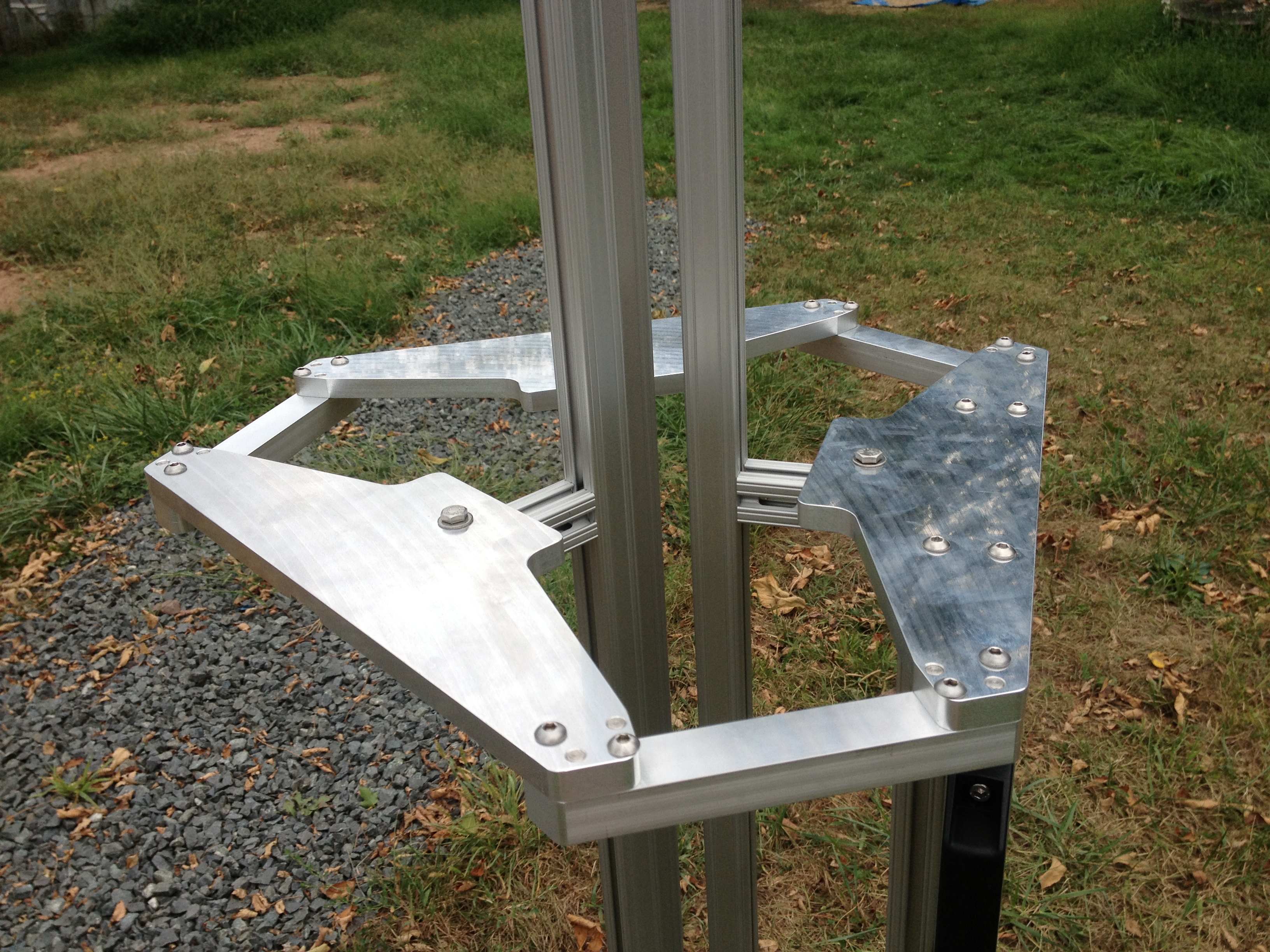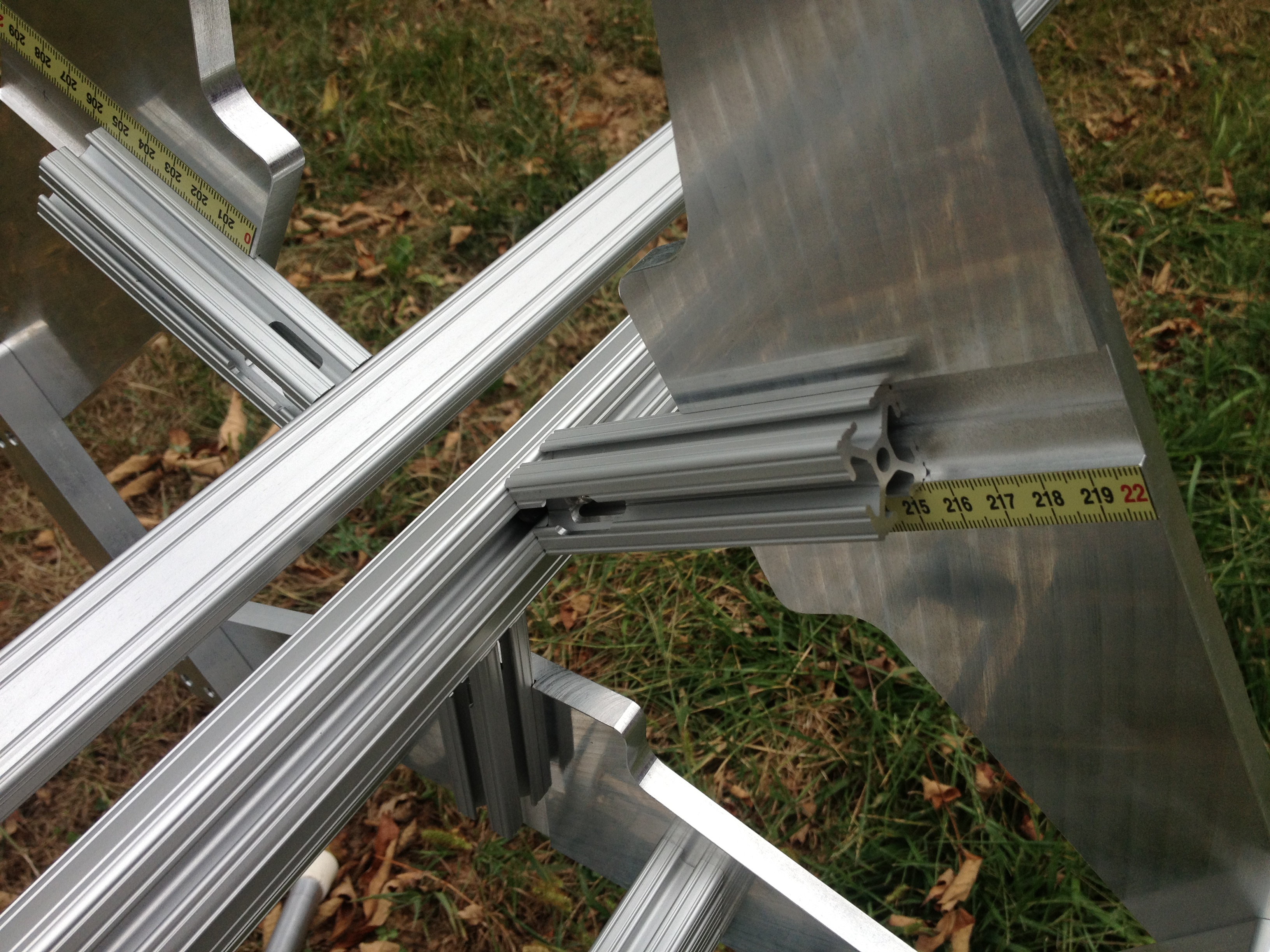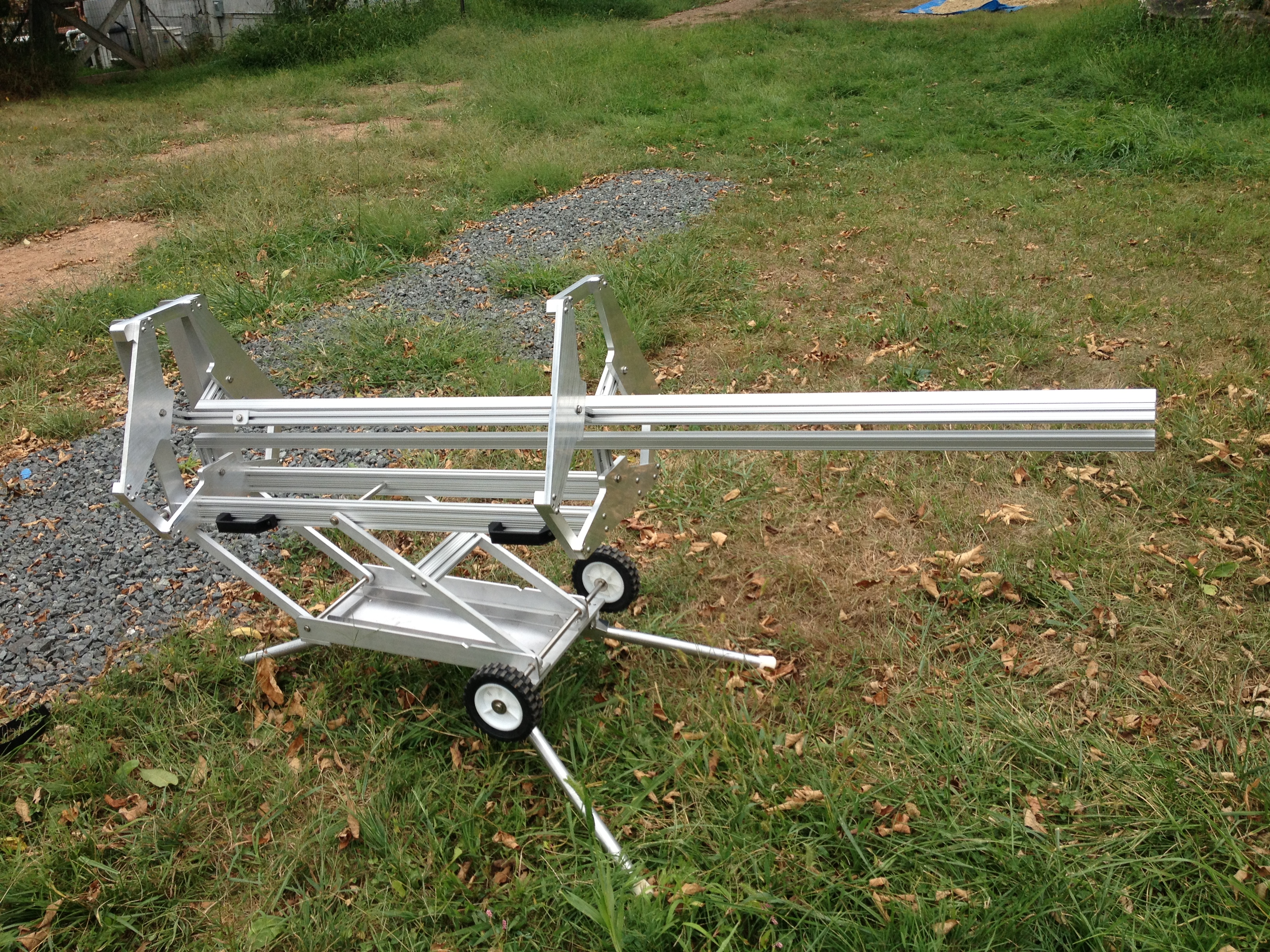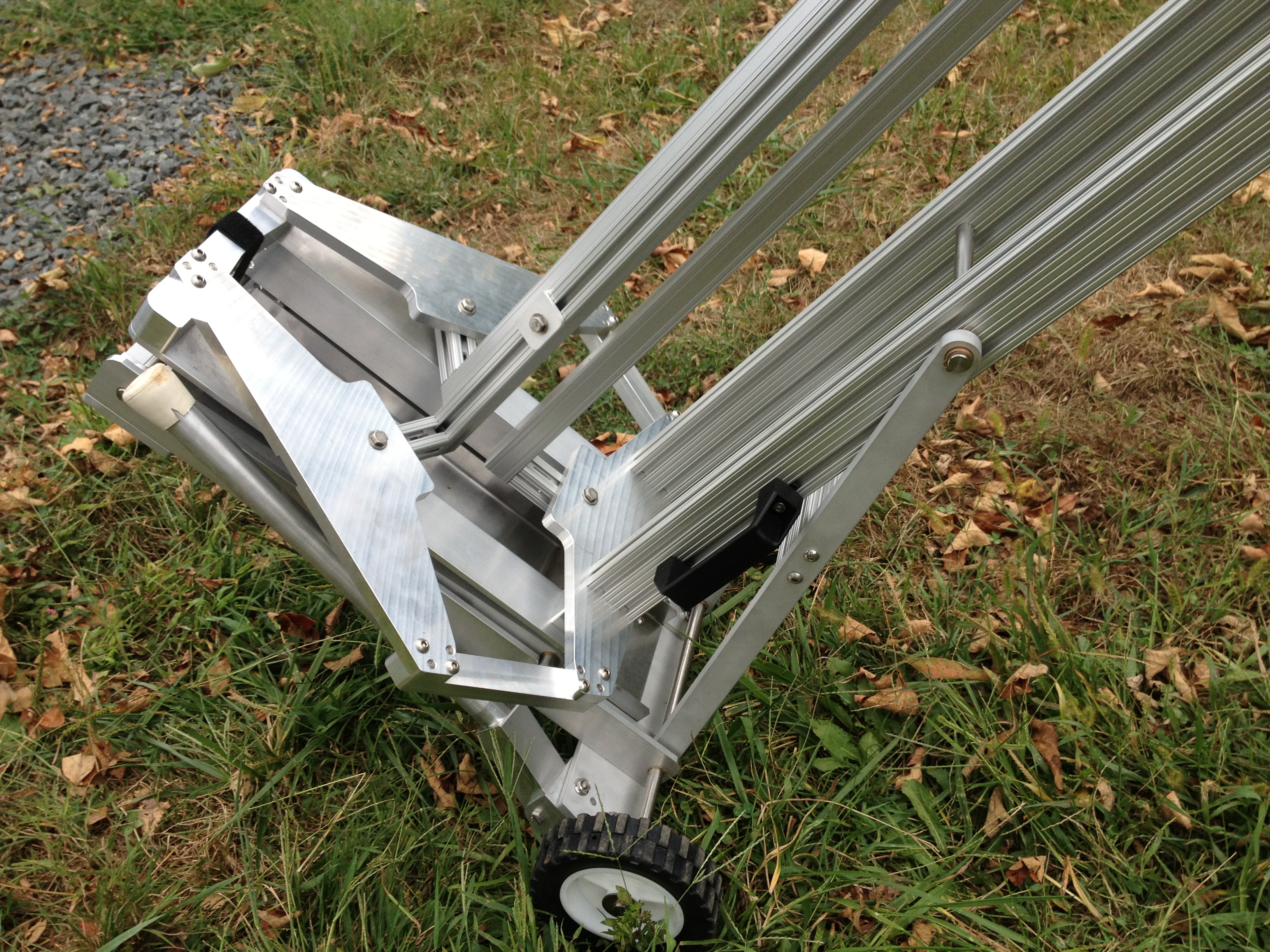Stability excuses, you guys make me laugh. More like not launched properly.
I will say no more.
Alexander Solis
This makes absolutely zero sense. Launched properly? Am I sticking the igniter in the nosecone? Was my rocket upside down?
Of course you say "I will say no more" like you're hiding some piece of amazing aerodynamic research that we can't or won't comprehend. I think you don't have a valid explanation but just want to feel superior. Why don't you put your money where your mouth is and explain your statement.
Young ones. You need to take some advanced coursed in flight dynamics so you can understand what happened on your failed flights. Simulation programs are only as good as the phenomenon included in the simulation, and none of the hobby rocket simulations include roll-pitch coupling which caused the type of failures that occurred on your flights, nor have you collected the necessary data to perform these calculations even if you know how to do them.
If you go back and search TRF for coning, which is roll-pitch coupling, a dynamic stability problem that is not simulated in any hobby simulation, you will find several discussion on the topic and Chuck Rogers, the author of RASAero, discussed this fact in several replies.
Alex, would you like to make any other comments?
Bob
I've seen RAS deliver some pretty faulty stability calcs and Openrocket give some fairly accurate ones.
Case and point:
BN (as presented above)
Aidan S's Guardian:
Aidan used Rasaero for calculating the entire flight. IIRC it was predicted to be stable to M4. OR predicted instability at M2.7 (burnout velocity). We decided it was risky, but he'd fly it anyway. If it was stable, we knew that OR was overly pessimistic and if it wasn't we'd know that RAS wasn't anywhere close. The rocket was unstable exactly where openrocket predicted. It turned sideways at burnout and we spent a while digging pieces out of the ground.
Video. Launch at 0:30. It's hard to tell in the video, but it was definitely unstable.
[video=youtube;jXfAdZ4lTsQ]https://www.youtube.com/watch?v=jXfAdZ4lTsQ[/video]
My "Playin With Fire"
RasAero also predicted my rocket was stable way past mach 4! My rocket was unstable, but it wasn't going anywhere near mach 4.
From a club launch a few years ago. I remember this specifically because it was the first unstable HPR I'd seen. This guy showed up with a 29md with tiny little fins. It didn't look to stable, but he got to fly anyway because he had printed out the RasAero stability predictions. It wasn't stable at all. I'll see if I can dig out the video later.
That's why I don't trust RasAero for stability. I'm not saying it's not good software, it still has plenty of uses, but I won't be using it for stability. No, this information isn't based on my knowledge of flight dynamics. It's repeated experiences with the accuracy of those simulations.
Edit: Sorry for hijacking. That's one beautiful tower!
Alex






